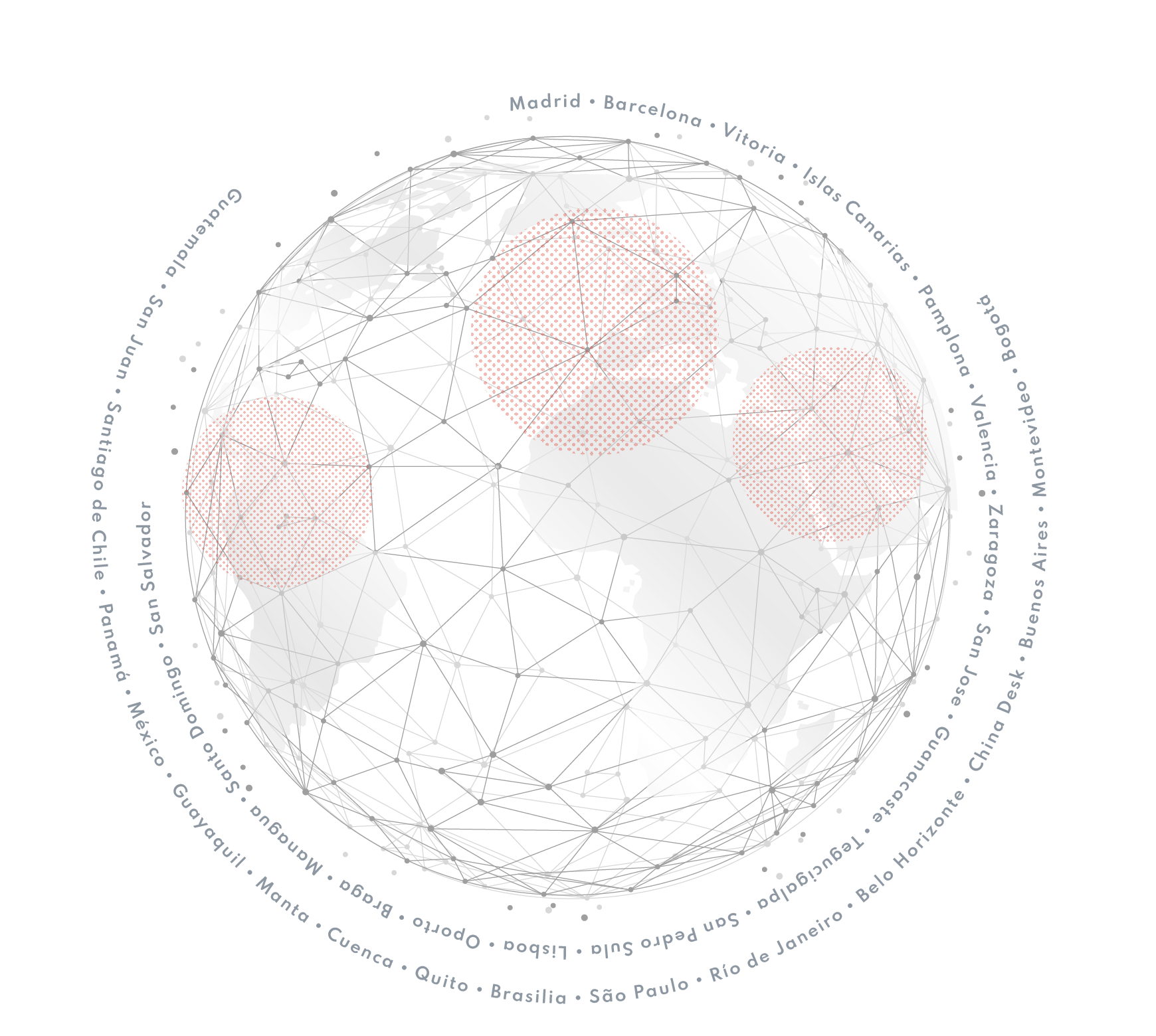Impact of Energy Reform on Sustainability
With the entry into force of the new legal framework on energy, important structural changes are emerging that aim to consolidate the country’s energy self-sufficiency under the principles of sustainability, energy justice, and economic development. This reform incorporates a comprehensive vision that encompasses technical and regulatory aspects, as well as international commitments regarding the environment, human rights, and social responsibility.
Regulatory Instruments in Development
The effective implementation of this reform requires the issuance of various regulations and administrative provisions. Among the most relevant are:
Internal Regulations of the Ministry of Energy (SENER), whose restructuring will be necessary given the incorporation of the National Energy Commission (CNE) as a decentralized body.
Specific regulations for the new CNE (whose publication must occur within 90 days following the day following the Law’s entry into force); the Hydrocarbons Sector Law, the Electricity Sector Law, the State-Owned Enterprise Law, and the General Energy Law, as well as the Biofuels Law and the Strategic Planning Law, with issuance deadlines of up to 180 days.
General Administrative Provisions (DACG) on key issues such as the migration of certain permits, such as self-supply permits, binding planning, new percentages of Clean Energy Certificates (CELs), and postage stamp criteria, to name a few.
Likewise, the integration of the Boards of Directors of CFE and PEMEX must be completed according to the established deadlines. For CFE, two independent directors must be appointed, and for PEMEX, three, in both cases subject to ratification by the Senate, with the possibility of direct appointment by the Federal Executive in the event of repeated rejection.
Link to International Commitments
Regarding the environment, the reform explicitly recognizes the need to promote the energy transition and maintain the clean energy goals established in the General Climate Change Law, in line with the Paris Agreement and the 2030 Agenda. Although questions persist regarding the changes to the CELs, the legislation provides that binding planning incorporates criteria for decarbonization, electrification of end-uses, and regional development with energy justice.
International Perspective and Commercial Risk
From the perspective of the USMCA and other international agreements, it is noteworthy that, despite the priority given to the Federal Electricity Commission (CFE) in generation, this does not necessarily imply an exclusion of renewable energy, as the Electricity Sector Law also allows for mixed investment and long-term production schemes, opening the door to the development of renewable projects under competitive conditions. The challenge will be to ensure legal certainty and regulatory coherence to avoid potential trade disputes or disincentives to foreign investment.
Social Approach and Participation of Indigenous Communities
In the social sphere, the reform maintains the obligation to conduct free, prior, and informed consultations when energy projects affect the territories of indigenous peoples and communities, in accordance with ILO Convention 169. This preserves the principle of self-determination and reinforces the importance of incorporating a participatory approach in the planning and execution processes of energy infrastructure. It also highlights that Social Impact Statements are now subject to SENER authorization.
Energy Justice and Sustainable Development
One of the innovative elements of the new legal framework is the recognition of energy justice as a guiding criterion. This is defined as the strategy to reduce energy poverty and inequalities in access, guaranteeing affordable, reliable, safe, and clean energy for the most vulnerable communities. It provides for the strengthening of the Universal Energy Service Fund and the expansion of opportunities for indigenous peoples within the value chains.
Sustainability at PEMEX and CFE
The State Public Enterprise Law establishes that both PEMEX and CFE must abide by sustainability principles. In the case of PEMEX, a work plan is proposed focused on exploration, refining, fertilizers, and petrochemicals. For its part, CFE plans to incorporate more than 21,000 MW into the electricity system through clean technology projects, including wind, solar, and cogeneration.
In addition, both organizations must integrate sustainability committees into their Boards of Directors, include the Ministry of Environment and Natural Resources (SEMARNAT) as a member, and implement procurement policies based on environmental and social criteria, ensuring contractual processes.
ECIJA Mexico
socios.mexico@ecija.com
+52 55 5662 6840
www.ecija.com






